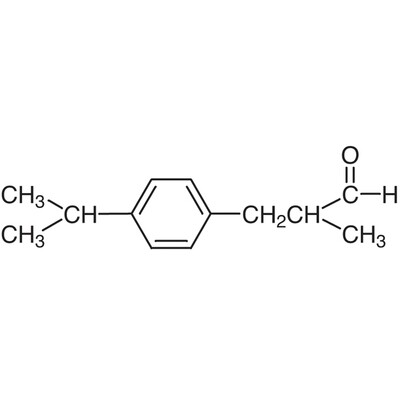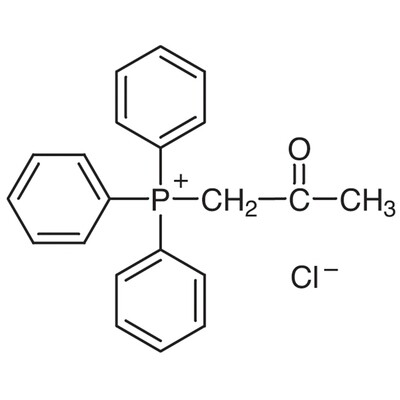Terbium carbonate hydrate 99.999% 5 g
SKU 903222-1
€ 233,55
In stock
1
Save this product for later
Terbium carbonate hydrate 99.999% 5 g
Product Details
CAS number: 6067-34-1
Chemical formulas: Tb2(CO3)3 . xH2O/ F.W. 490.91
Cation: Tb
Packaging: 5 g
EAN: 8721028254313
Brand: Laboratoriumdiscounter
Terbium carbonate hydrate is a rare earth compound used in various applications, including phosphors, lasers, and electronic devices. With its unique properties and high purity, terbium carbonate hydrate is highly sought after in industries requiring advanced materials for cutting-edge technologies. Discover the potential of this versatile compound for your specific needs.
When working with Terbium carbonate hydrate, it is important to follow certain safety instructions to ensure your well-being and minimize any potential risks. Here are some short safety instructions to consider: 1. Personal Protective Equipment (PPE): Always wear appropriate PPE, including gloves, safety goggles, and a lab coat or protective clothing, to protect your skin, eyes, and clothing from potential contact with the chemical. 2. Ventilation: Work in a well-ventilated area or use a fume hood to prevent the accumulation of any harmful vapors or dust. This will help maintain a safe working environment. 3. Handling and Storage: Handle Terbium carbonate hydrate with care, avoiding any spills or splashes. Store it in a tightly sealed container in a cool, dry place away from incompatible substances. 4. Chemical Compatibility: Be aware of the chemical compatibility of Terbium carbonate hydrate with other substances. Avoid contact with strong acids, bases, oxidizing agents, and flammable materials to prevent any hazardous reactions. 5. Fire Safety: Terbium carbonate hydrate is not flammable, but it may emit toxic fumes when exposed to high temperatures. Keep it away from open flames or any potential sources of ignition. 6. First Aid: In case of accidental exposure or ingestion, seek medical attention immediately. Rinse affected areas with plenty of water and remove contaminated clothing. Have the Safety Data Sheet (SDS) readily available for medical professionals. 7. Spill and Waste Disposal: In the event of a spill, contain and clean it up promptly using appropriate absorbent materials. Dispose of any waste or contaminated materials following local regulations and guidelines. 8. Emergency Procedures: Familiarize yourself with the emergency procedures specific to your workplace. Know the location of safety equipment, emergency exits, and how to respond in case of an accident or chemical exposure. Remember, these are general safety instructions, and it is essential to consult the specific Safety Data Sheet (SDS) and follow the guidelines provided by the manufacturer for Terbium carbonate hydrate.
Please note, not all safety data for this product is available on our website, for a complete list of P en H sentences and other safety instructions please request the MSDS at our customer service
You May Also Like

2-Acetoxy-3'-iodobenzophenone, 90.0%, 1g
2-Acetoxy-3'-iodobenzophenone, 90.0%, 1g
SKU F201714-1G
€ 947,10
Display prices in:EUR






![(4'-Pentyl[1,1'-biphenyl]-4-yl)boronic acid, 95.0%, 5g (4'-Pentyl[1,1'-biphenyl]-4-yl)boronic acid, 95.0%, 5g](https://d2j6dbq0eux0bg.cloudfront.net/images/88473019/4763062249.png)





